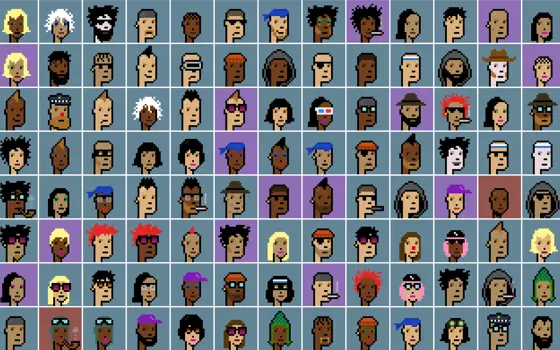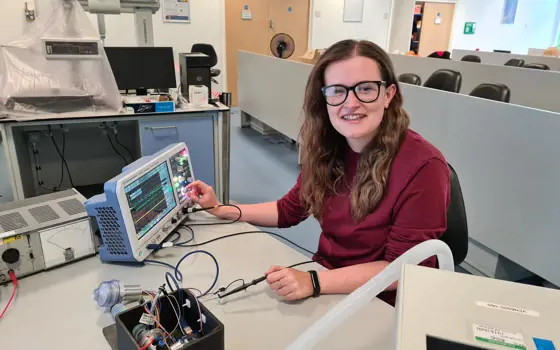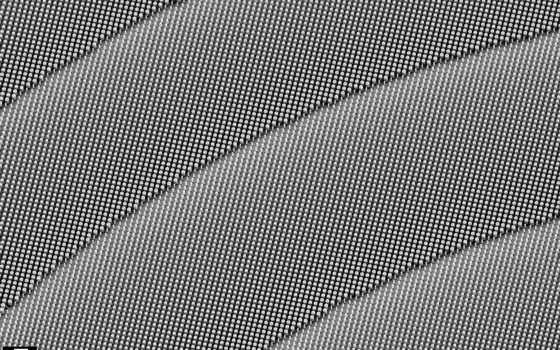
- Technology & robotics
- Issue 91
Adding value through maintenance
Failures of transport, power and other essential services cost billions a year. Maintenance engineering minimises these events to keep society running smoothly. Technologies such as sensors, big data, artificial intelligence and robotics are playing increasingly important roles.

- Design & manufacturing
- Environment & sustainability
- Issue 91
Breathing new life into wind turbine blades
For years, the world’s blade-makers have been looking to save composite decommissioned blades from landfill but significant progress has been made in the breakthrough development of RecyclableBlades, which has found a way to repurpose retired blades.

- Civil & structural
- Environment & sustainability
- Issue 91
Engineering biodiversity
If engineers planning, designing or implementing new infrastructure works are not familiar with natural capital and biodiversity net gain, they will have to learn fast. Under the Environment Act, new developments are required to demonstrate ‘biodiversity net gain’, requiring important changes to the way engineers work.
Quick read

- Software & computer science
- Arts & culture
- How does that work?
- Issue 91
How do NFTs work?
Love them or hate them, NFTs took the art world by storm in 2021. But even this far into their explosion in popularity, many people still have no idea what they are and how they work.
Quick read

- Electricals & electronics
- How I got here
- Issue 91
Q&A: Jean Morris
A passion for physics led Jean Morris onto a graduate scheme at Airbus and a placement in Munich after University before her role as a research engineer at the National Physical Laboratory, where she won an award for pandemic service.
Quick read

- Environment & sustainability
- Arts & culture
- Innovation Watch
- Issue 91
Clothes that grow with children
By the time they reach the age of two, babies go through seven clothing sizes, only adding to the fashion industry’s impact on the planet. London-based Petit Pli is on a mission to lessen the burden, with childrenswear that grows with the wearer.

- Design & manufacturing
- Issue 91
Metamaterials, metalenses and beyond
Manufacturing techniques borrowed from the semiconductor industry are now being used to make ultrathin ‘metalenses’, which could slim down cameras still further, and even allow handheld devices to sense all kinds of things beyond the visible spectrum.

- Mechanical
- Profiles
- Issue 91
Inventing a communication revolution
Professor Lucy Rogers FREng’s career is not typical of many engineers: starting with engineering bubbles for firefighting, it has taken in television, animated dinosaurs, along with inventions and stand-up comedy.

- Environment & sustainability
- Opinion
- Issue 91
Repair or replace – what drives a circular economy?
Right to repair legislation is being enacted around the world, designed to help governments achieve their net zero targets and meet obligations to reduce the environmental impact of waste. Paul Hide, CEO of AMDEA, sets out why sometimes the alternative might be a more sustainable approach.